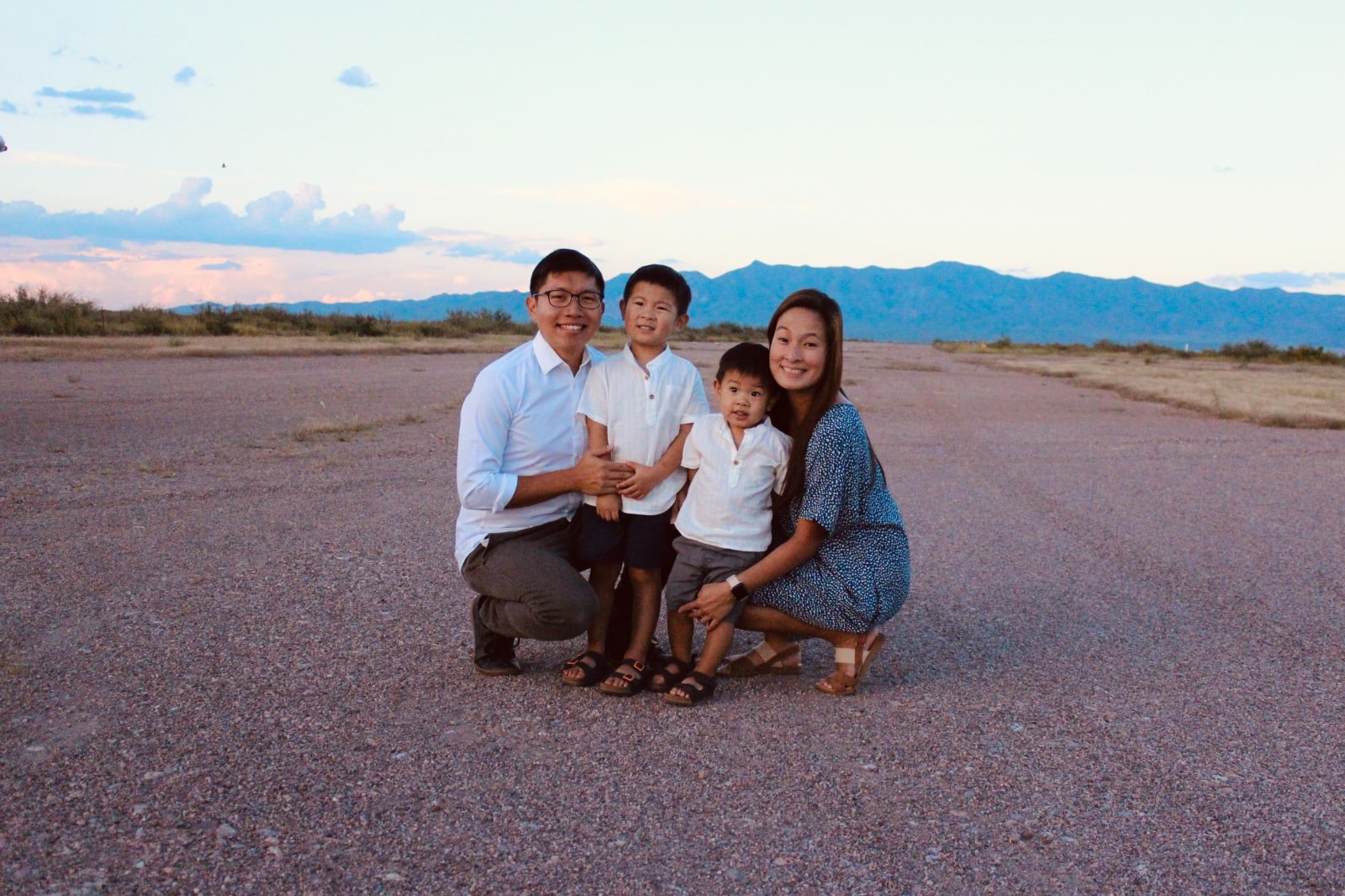“We need to be prepared to pay the price”: Missions study finds Singapore churches missing the unreached
by Jane Lee // November 22, 2019, 11:04 am
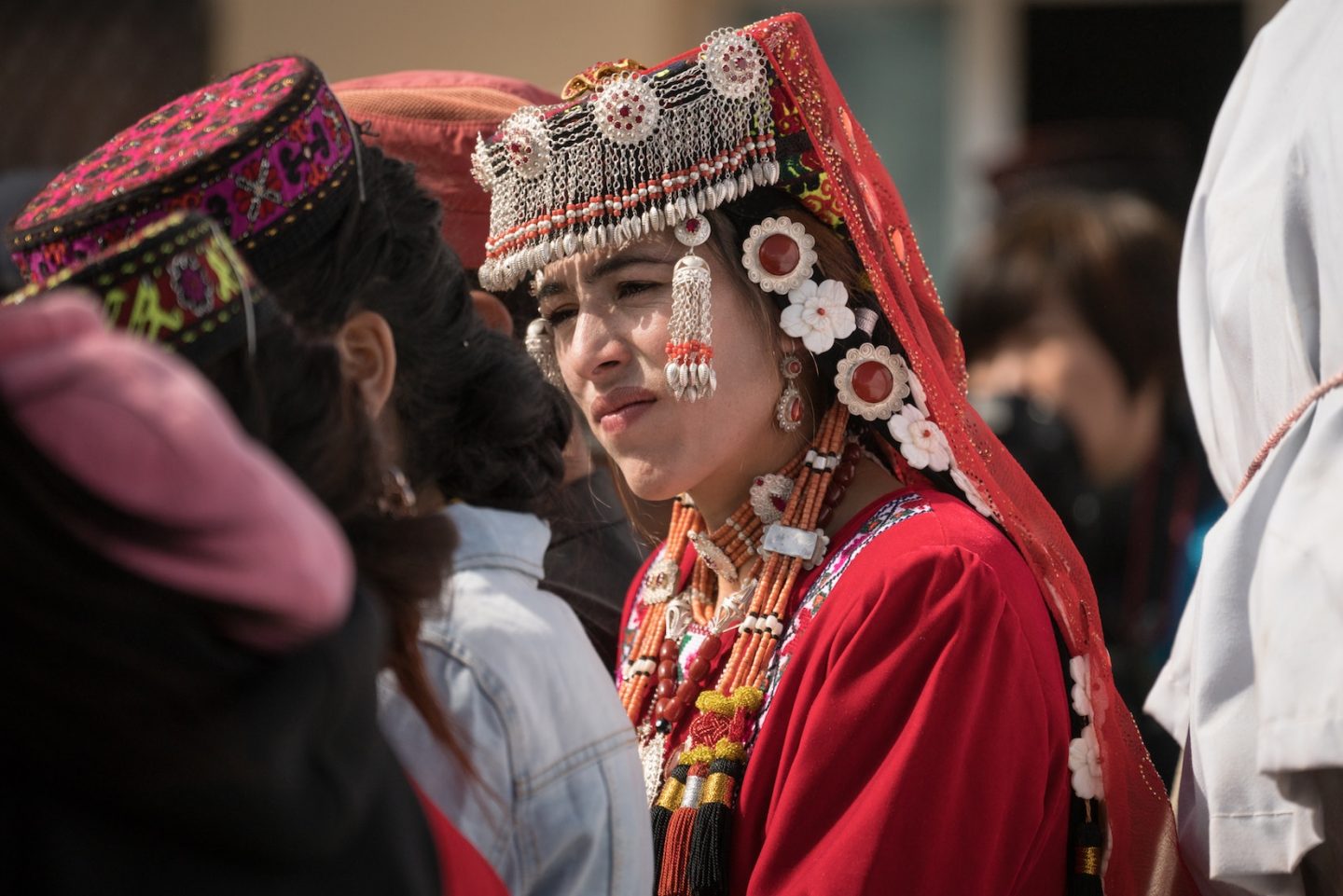
Afghanistan remains one of the most unreached countries in the world. The National Missions Study 2019 found only a third of the churches surveyed was doing work among the unreached people groups. Photo by Simon Sun on Unsplash.
In the 21st century, the face of missions is no longer only that of a career missionary serving overseas long term.
The balance is increasingly being tipped towards professionals who do missions alongside their vocation abroad and those who are involved in missions on a regular basis either locally or overseas.
“Business professionals along with clergy and mission workers must be seen as serving in missions at the same level.”
In fact, the combined number of these two groups now exceeds the number of career missionaries – they do similar work in church planting and training and often in the same countries – according to the recently released National Missions Study 2019.
Conducted by the Singapore Centre for Global Missions between April and October this year, the study saw participation from 158 churches, ranging from small ones to megachurches, with a combined membership of 152,775.
Calling this a step in the right direction, Lawrence Ko, national director of the centre, said: “The longstanding mindset of clergy and church-planters as the ones who are doing the real missionary work with educators, social service professionals, administrators, and other support staff as the second-class missionaries must be changed.
“Business leaders and professionals along with clergy and mission workers who are adequately trained, must be seen as serving in missions at the same level responding to the calling of God in the field, touching lives and transforming communities as they reveal the glorious gospel of Christ.”
Growing and greying
And Singapore churches are getting more involved in missions than ever, with the missions force getting bigger and growing faster than church membership.
The number of people involved in missions grew by more than 40% to 1,168 this year from 816 in 2014, when the last study was conducted. In the same period, the number of church members grew by just over 30%.
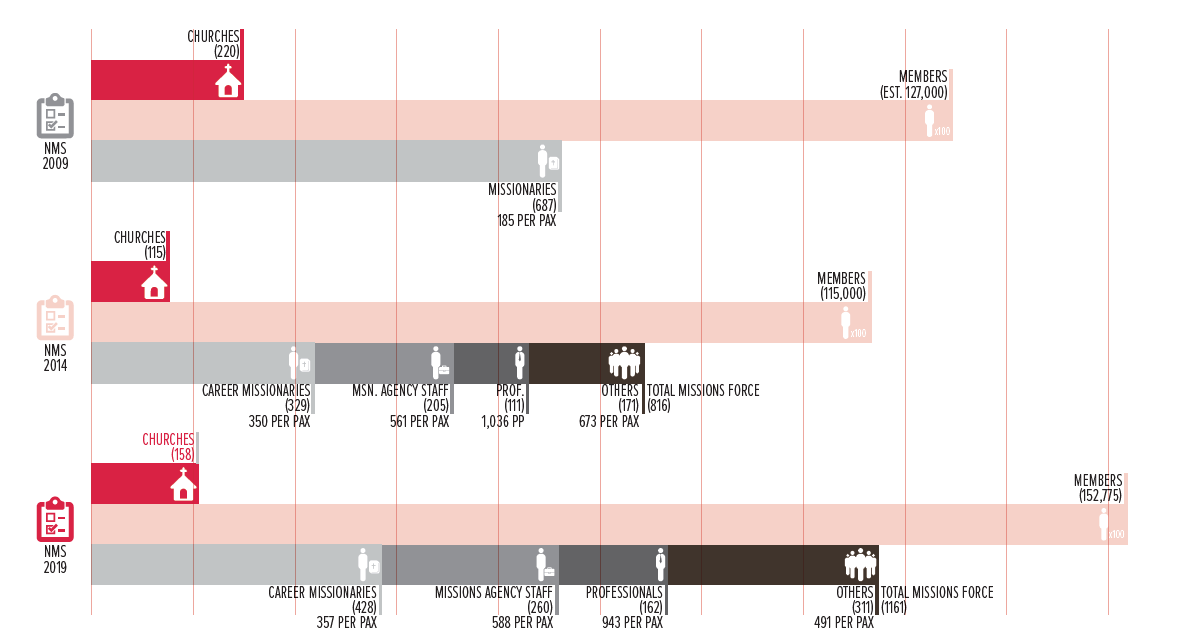
In this summary of the missions force, we can see that the combined number of professionals and others exceeds that of career missionaries in 2019. Graphic courtesy of Singapore Centre for Global Missions.
As defined by the study, the missions force includes the following personnel who have been in their role for at least two years:
- Career missionaries sent by a church or mission agency serving outside Singapore
- Missions agency staff
- Missional professionals who are recognised as intentionally engaged in holistic missions within their vocational capacity
- Others: Christians who are involved in missions on a regular basis, including itinerant evangelists, pastors who travel regularly to do missions work, non-resident missionaries and those dedicated to missions at our doorstep. Short-term mission trippers are excluded.
While the missions force is growing, it’s also ageing. Among the career missionaries, less than one in five are under 40 years old while more than one in three are aged 60 and above. Within the last decade, half of the missionaries are in their 50s and older, which meant they were first sent out in their 40s or later.

This table shows the year of deployment and current age of career missionaries. Among them, around 60% are aged 50 and above. Graphic courtesy of Singapore Centre for Global Missions.
David Tan, executive director at Wycliffe Singapore, attributes this late start in the mission field to Singaporeans’ pragmatic nature.
“We tell ourselves and our children: Pursue your career, build up a nest egg and then serve God. So with that mindset, people are going full-time in their 50s,” said the former missionary.
“We want work and ministry experience but we want them in their 30s who can chiong.”
“Of course we want work and ministry experience but we want missionaries in their 30s who can chiong (charge ahead). Our values need to be transformed first before we can honestly tell our young people to ‘remember and serve their Creator in the days of their youth’ (Ecclesiastes 12:1).”
The silver lining is that while the next generation may not be signing up to be career missionaries, they are very much involved in mission as an “other”, according to the report. Some have been accompanying their pastors on mission trips five to six times a year to conduct training for locals while others intentionally reach out to migrant workers in Singapore.
Short-term tripping
In an attempt to capture a snapshot of the popularity of short-term mission trips in the Church, the study got churches to indicate the total number of trips and number of members involved for all of 2017 and 2018.
More than 1,400 short-term mission trips involving at least 6,600 members were made.
Of the 158 churches, only four – all with fewer than 200 members – were not involved in any short-term trips. The majority (42%) sent out between one and five teams in those two years. In all, more than 1,400 short-term mission trips involving at least 6,600 members were made.
The report went a step further and asked the churches to specify up to three desired outcomes for these trips. About half said the trips were for missions exposure while close to 40% said the teams went out to support existing partners or field work.
With the pros and cons that such short-term trips bring, there are concerns over the pervasiveness of these trips among the churches surveyed.

This chart shows the desired outcomes of short-term mission trips (up to three per church). Graphic courtesy of Singapore Centre for Global Missions.
“There is no need to ‘keep up with the Joneses’, there is no need to be kiasu (afraid to lose),” cautioned Andrew Peh, missions lecturer at Trinity Theological College. “Ubiquity does not necessarily define utility; prevalent and popular is not to be uncritically assumed as principal and profitable.”
The little red dot
Singapore may be small in size but there are career missionaries, missional professionals and “others” in at least 35 countries. Including missions partnerships, the Church in Singapore is making missions impact in at least 42 countries, across every region of the world.
And it’s important to look at these numbers as one part of a whole system, which is “the global Church with the whole Gospel to the whole world”, said Ng Su-ling, associate international director of Operation Mobilisation.
God has given Singaporeans unique gifts to serve the global body of Christ.
She believes that God has given Singaporeans unique gifts to serve the global body of Christ in the areas of project management, planning and administration.
“To collaborate well, one of the critical skills is to be able to understand what’s going on, distil it into a plan, implement it and administrate,” she explained. “Singaporeans might be called boring but it is a blessing to the global missions community when we bring that skillset to the table.”
Currently, the bulk of the missions force, unsurprisingly, is in Southeast Asia and East Asia. The numbers remain low in West and Central Asia, as well as Africa.
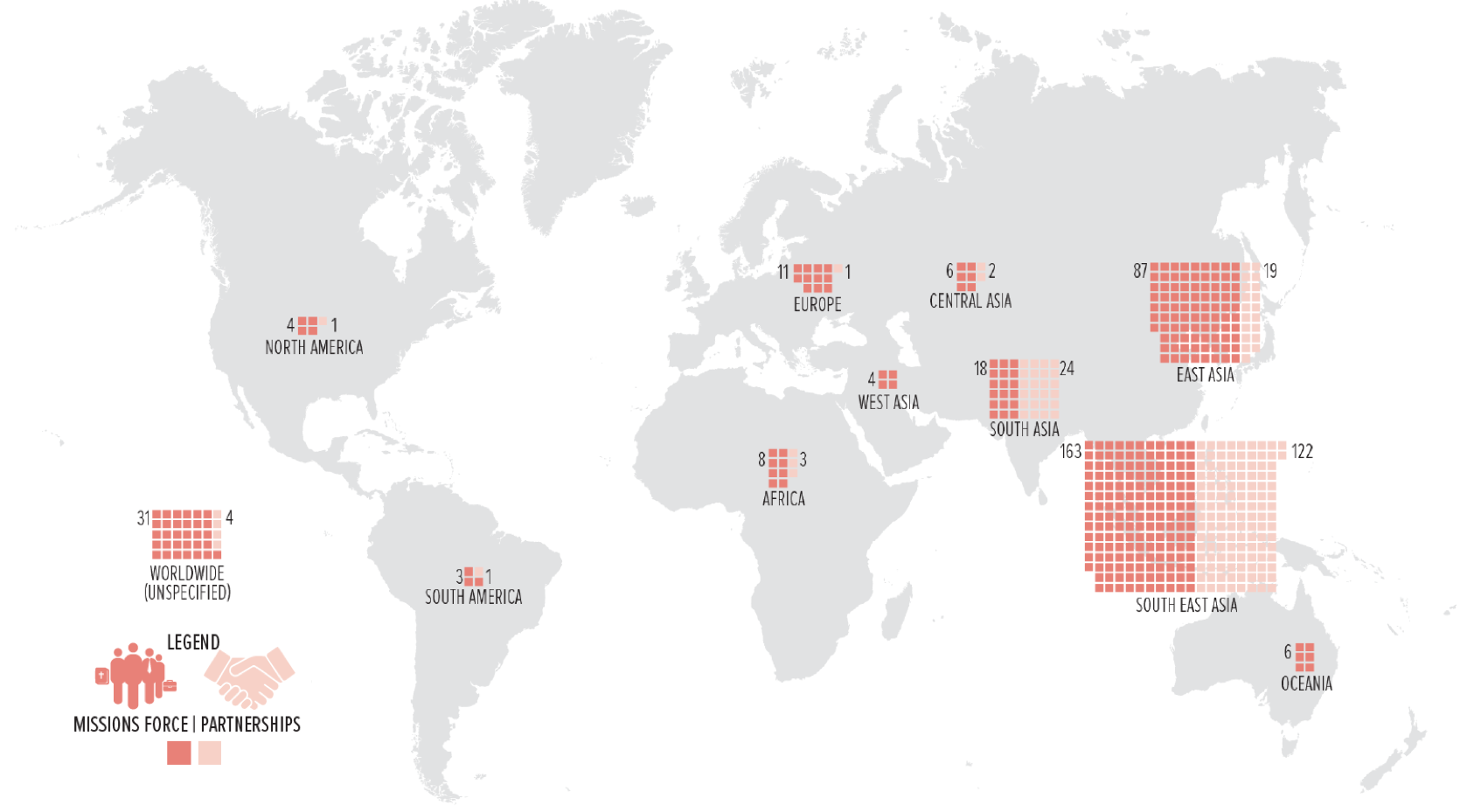
This world map shows the distribution of the missions force and missions partnerships globally. The Church in Singapore is making missions impact in at least 42 countries. Graphic courtesy of Singapore Centre for Global Missions.
Only a third of the churches surveyed is involved in work among the unreached people groups (UPGs) – mainly church-planting but also in education and community development. It’s sobering to see that two thirds of the churches are not involved in UPG work at all.
Of the ongoing UPG work, three of the five projects have lasted at least seven years, indicating that there has been limited take up of global UPG work in the last few years. The study also noted that the bulk of UPGs live in parts of the world where “the Church in Singapore has not been reaching in significant numbers”.
“Are we willing to go to the hard places and people groups which will mean more pain and suffering?”
Tan pointed out that UPGs are now usually located in creative access countries and are more resistant to the Gospel, so the reality in missions today is that there’s “no easy low-hanging fruit left”.
“But Singaporeans are pragmatic, wanting quick results without pain, if that were possible. So this naturally leads to missionaries and resources being channelled to maturing fields, thus leaving the UPGs to remain unreached.
“Are we willing to go to the hard places and people groups which will mean more pain and suffering, and which require a much longer time commitment before we can see results?
“If we want to be an Antioch of Asia, then we need to be prepared to pay the price.”
Those interested in getting a copy of the National Missions Study 2019 report can request for one from [email protected]
We are an independent, non-profit organisation that relies on the generosity of our readers, such as yourself, to continue serving the kingdom. Every dollar donated goes directly back into our editorial coverage.
Would you consider partnering with us in our kingdom work by supporting us financially, either as a one-off donation, or a recurring pledge?
Support Salt&Light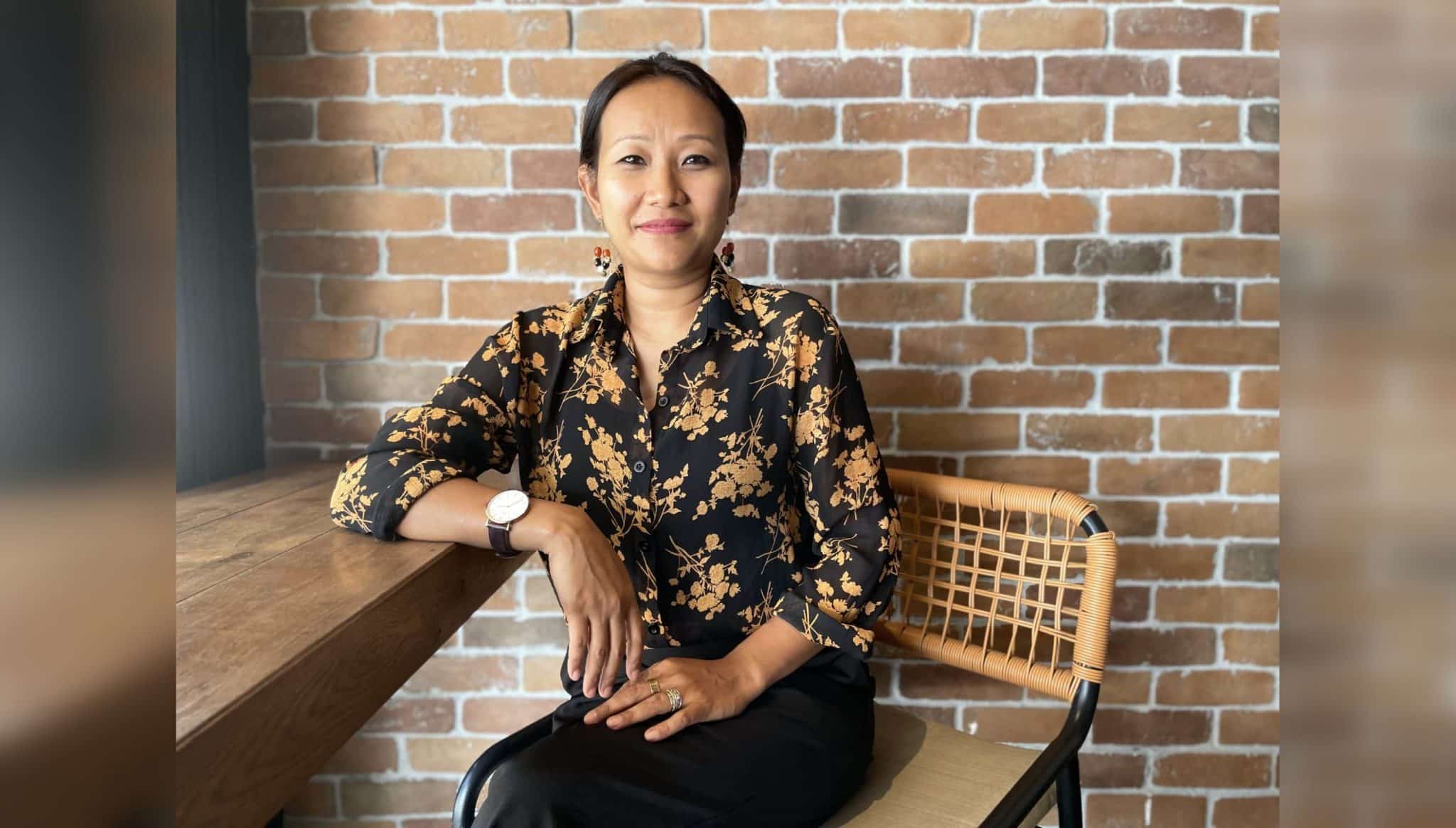
![2 David (third from left) with local smallholder farmers in Netafarm Thailand[91]](https://saltandlight.sg/wp-content/uploads/2023/05/2-David-third-from-left-with-local-smallholder-farmers-in-Netafarm-Thailand91-scaled.jpg)
